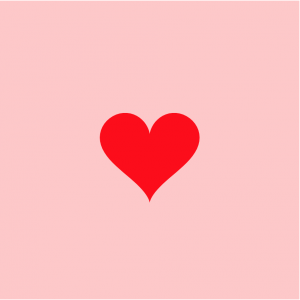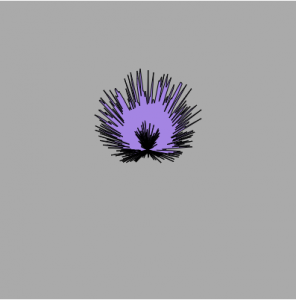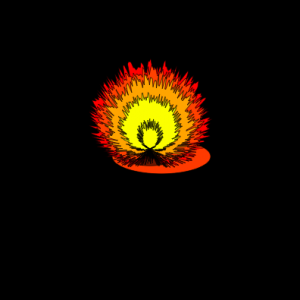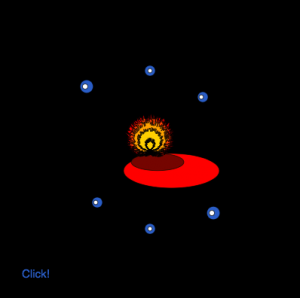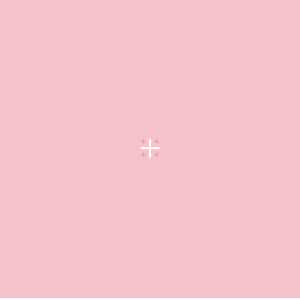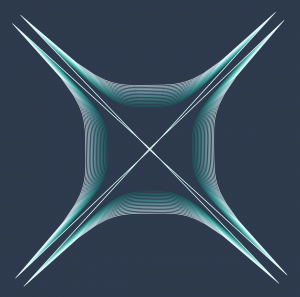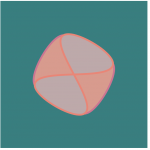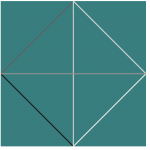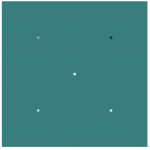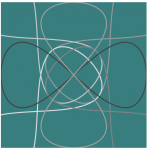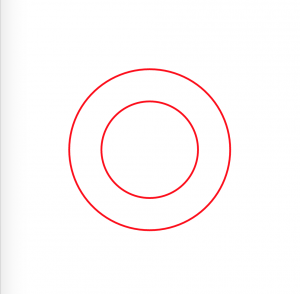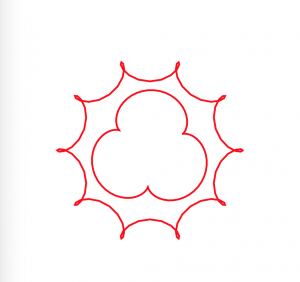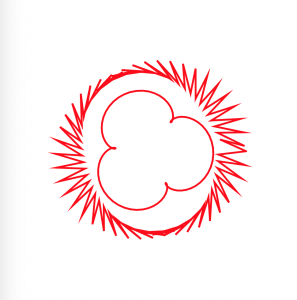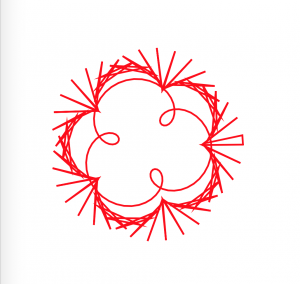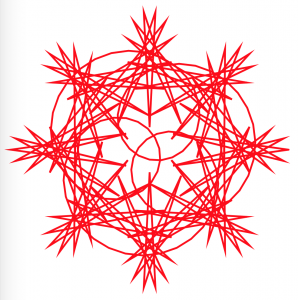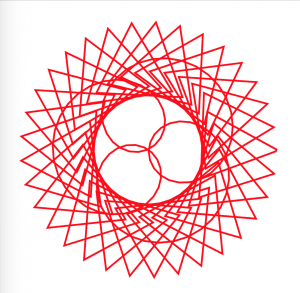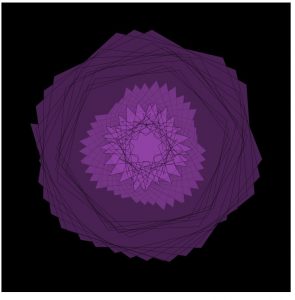/*
Connor McGaffin
Section C
cmcgaffi@andrew.cmu.edu
Project-07
*/
var nPoints = 1;
var x;
var y;
function setup() {
createCanvas(480, 480);
}
//--------------------------
function draw() {
background(250);
angleMode(DEGREES);
//top row
push();
rotate(1 * mouseX / 2);
cardioids();
pop();
push();
translate(width / 2, 0);
rotate(1 * mouseX / 2);
cardioids();
pop();
push();
translate(width, 0);
rotate(1 * mouseX / 2);
cardioids();
pop();
//middle row
push();
translate(0, height / 2);
rotate(1 * mouseX / 2);
cardioids();
pop();
push();
translate(width / 2, height / 2);
rotate(1 * mouseX / 2);
cardioids();
pop();
push();
translate(width, height / 2);
rotate(1 * mouseX / 2);
cardioids();
pop();
// bottom row
push();
translate(0, height);
rotate(1 * mouseX / 2);
cardioids();
pop();
push();
translate(width / 2, height);
rotate(1 * mouseX / 2);
cardioids();
pop();
push();
translate(width, height);
rotate(1 * mouseX / 2);
cardioids();
pop();
}
function cardioids(){
var mY = constrain(mouseY, width / 4, width / 2) * .4;
var a = mY;
noStroke(0);
//horiz axis
//pink
beginShape();
fill('rgba(250, 100, 250, 0.6)');
for(i = 0; i < 360; i++){
var t = map(i, 0, nPoints, 0, nPoints);
x = a * sin(t) * (1 - sin(t));
y = a * cos(t) * (1 - sin(t));
vertex(x, y);
}
endShape(CLOSE);
//dark blue
beginShape();
fill('rgba(10, 100, 250, 0.6)');
for(i = 0; i < 360; i++){
var t = map(i, 0, nPoints, 0, nPoints);
x = a * sin(t) * (1 - sin(t));
y = a * cos(t) * (1 - sin(t));
vertex(-x, -y);
}
endShape(CLOSE);
//vert axis
//rotate 90
push();
rotate(90);
//light blue
beginShape();
fill('rgba(50, 150, 220, 0.6)');
for(i = 0; i < 360; i++){
var t = map(i, 0, nPoints, 0, nPoints);
x = a * sin(t) * (1 - sin(t));
y = a * cos(t) * (1 - sin(t));
vertex(x, y);
}
endShape(CLOSE);
//
beginShape();
fill('rgba(180, 10, 250, 0.6)');
for(i = 0; i < 360; i++){
var t = map(i, 0, nPoints, 0, nPoints);
x = a * sin(t) * (1 - sin(t));
y = a * cos(t) * (1 - sin(t));
vertex(-x, -y);
}
endShape(CLOSE);
//white hub
//fill(250);
//ellipse(0, 0, a * .6, a * .6);
pop();
}
This project was tricky. I definitely would have struggled a lot more if I didn’t have the example code in the project brief, but once I found a curve I was drawn to and started plugging variables in for interaction, the project became a playful process.
I used s series of cardioid curves to create small pinwheel like elements, which I then organized in rows and columns on the screen. Moving the mouse up and down will scale the pinwheels, whereas moving side to side changes its direction.
I hope to revisit this code, because I know that there are ways to display it in a more compact way and achieve similar results. This is one of the few projects thus far that I feel genuinely proud of its final product.
Below are screenshots of earlier iterations, when I was still figuring out color palettes and general composition of my canvas.
![[OLD FALL 2018] 15-104 • Introduction to Computing for Creative Practice](https://courses.ideate.cmu.edu/15-104/f2018/wp-content/uploads/2020/08/stop-banner.png)



